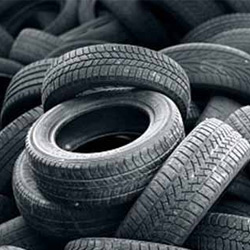Though Natural rubber has been available since time immemorial, Synthetic Rubber has come of use for less than a hundred years. Synthetic rubber plants were built around the world after 1945, primarily in North America, Japan and Europe. In 1960, use of synthetic rubber was more than that of natural rubber for the first time. Synthetic rubber has maintained this lead since then. As per a report published in 2001, the world makes around 11.5 million tonnes of synthetic rubber each year. USA is the largest producer of synthetic rubber by far, followed by China, the EU and Japan.

